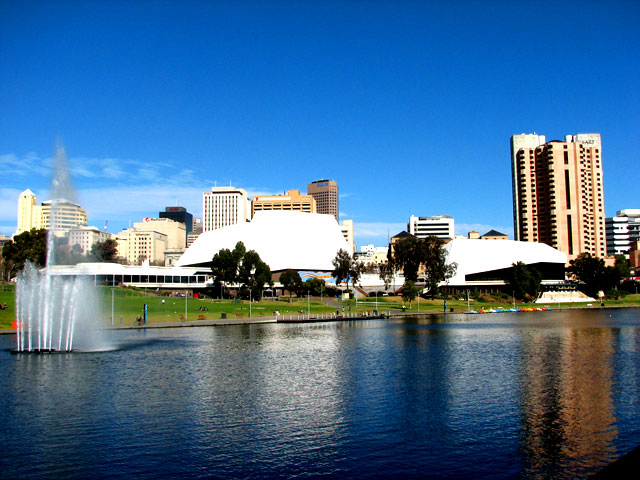Adelaide is the fifth most populous city in Australia, with a population of over 1.1 million in 2006, and is the capital and most populous city of the state of South Australia. It is a coastal city situated on the eastern side of Gulf St. Vincent on the Adelaide Plains, north of the Fleurieu Peninsula, and west of the Mount Lofty Ranges, which rise to around 700 metres (2,300 ft). Prior to British settlement, the area now known as the Adelaide plains was home to the Kaurna Aboriginal peoples. Named in honour of Queen Adelaide, the consort of King William IV, the city was founded in 1836 as the planned capital for the only freely-settled British province in Australia. Colonel William Light, one of Adelaide's founding fathers, is said to have designed the city and to have chosen its location close to the River Torrens. Inspired by William Penn, Light's design set out Adelaide in a grid layout, interspaced by wide boulevards and large public squares, and entirely surrounded by parkland. Early Adelaide was shaped by religious freedom, hence its moniker "The City of Churches,". Today Adelaide is known for its many festivals as well as for its wine, arts and sports. 
Adelaide has a Mediterranean climate, meaning that most of the rain falls in the winter months. Of the Australian capital cities, Adelaide is the driest. Rainfall is unreliable, light and infrequent throughout summer. In contrast, the winter has fairly reliable rainfall with June being the wettest month of the year, averaging around 80 mm. Frosts are rare, with the most notable occurrences having occurred in July 1908 and July 1982. There is usually no appreciable snowfall, except at Mount Lofty and some places in the Adelaide Hills.
|













